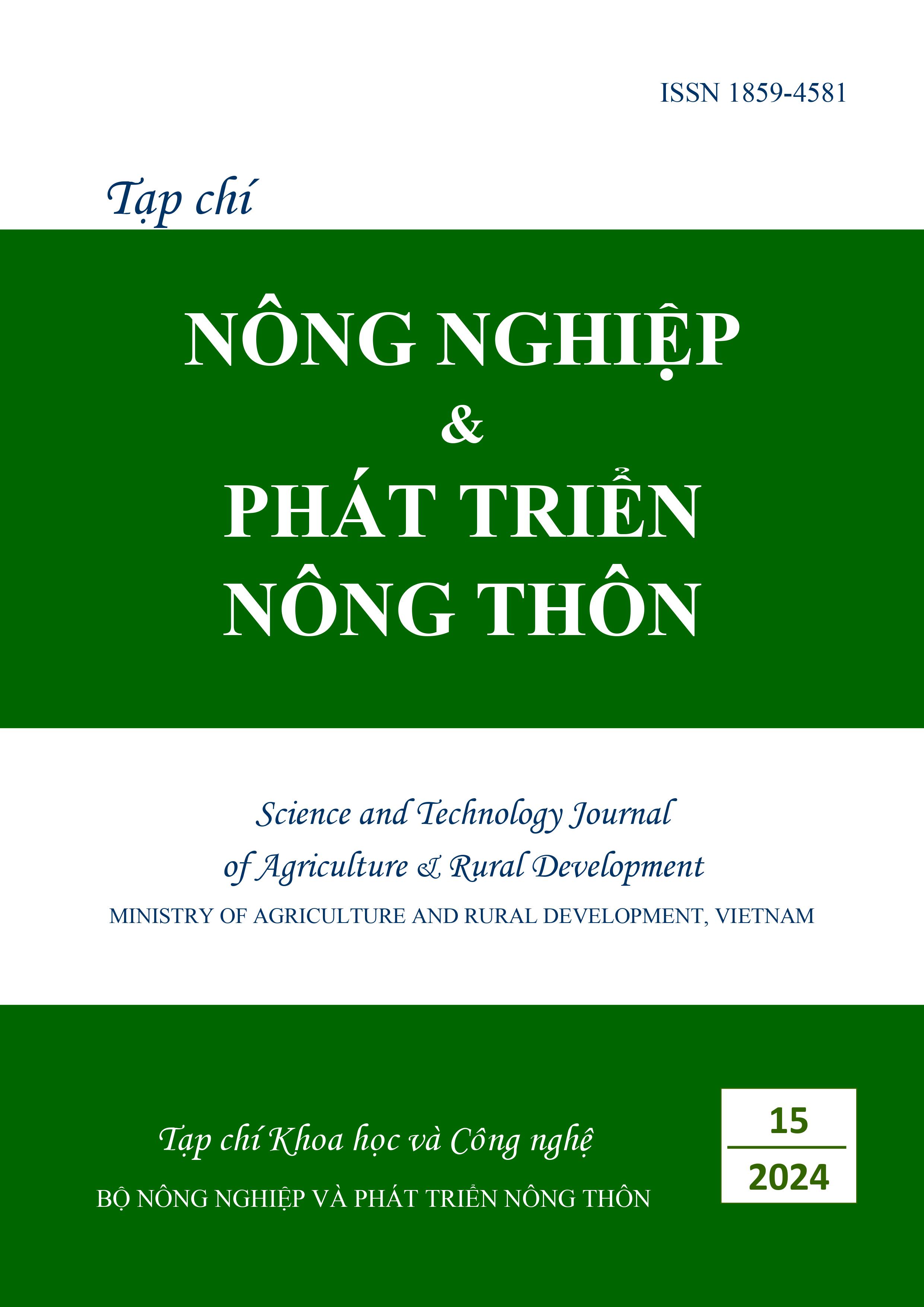OPTIMIZATION OF TREATMENT CONDITIONS OF HOANG SIN CO EXTRACT USING RESPONSE SURFACE METHOD
DOI:
https://doi.org/10.71254/be65qf83Keywords:
Fructooligosaccharides, enzyme treatment, response surface methodology, permeate flux, yacon juiceAbstract
Response surface methodology was used to establish optimal conditions for the enzymatic treatment of the cylindrical root extract with maximum fructooligosaccharides (FOS) uptake and high membrane permeate flow rates. Process the extract under the following conditions: pectinase G concentration (0.2 - 0.5%), cellulase T4 concentration (0.2 - 0.5%), temperature (45 - 55°C) and time (60 - 120 minutes). Regression model with significant coefficient of determination R2 = 0.9879 and 0.9853, corresponding to the change in FOS sugar content and ultrafiltration membrane permeation flow rate. Pectinase G concentration is a factor that greatly affects the ability to absorb FOS sugar and membrane permeation rate (p < 0.05) for all dependent variables. Based on the reaction surface plot and contour lines, the optimal enzyme treatment conditions were at pectinase G concentration of 0.39%, celllulase T4 concentration of 0.4%, temperature 50.4oC and time 97.5 minutes. With these optimal conditions, the FOS content is 32.14%, the permeate flow rate is 7.64 L/h/m2 and compared to the control sample (not treated with enzymes) it increased by 26.0% (FOS content), 53.4% (permeate flow rate). After enzyme treatment and filtration, the extract of hoang sin co roots can be used in drinking water formulas or as raw materials to develop other products.






